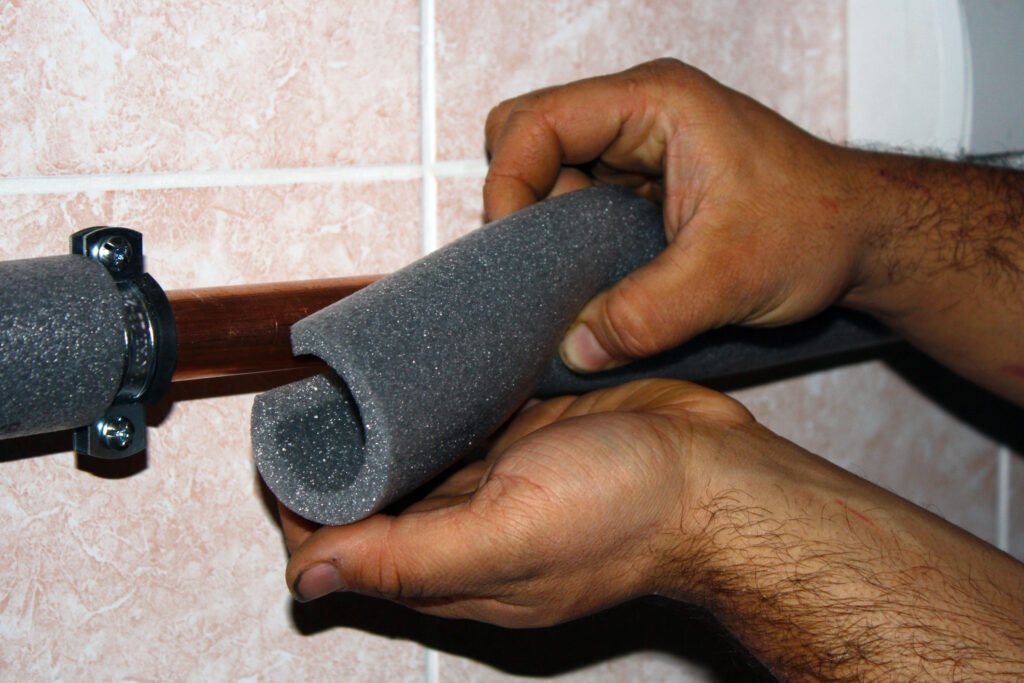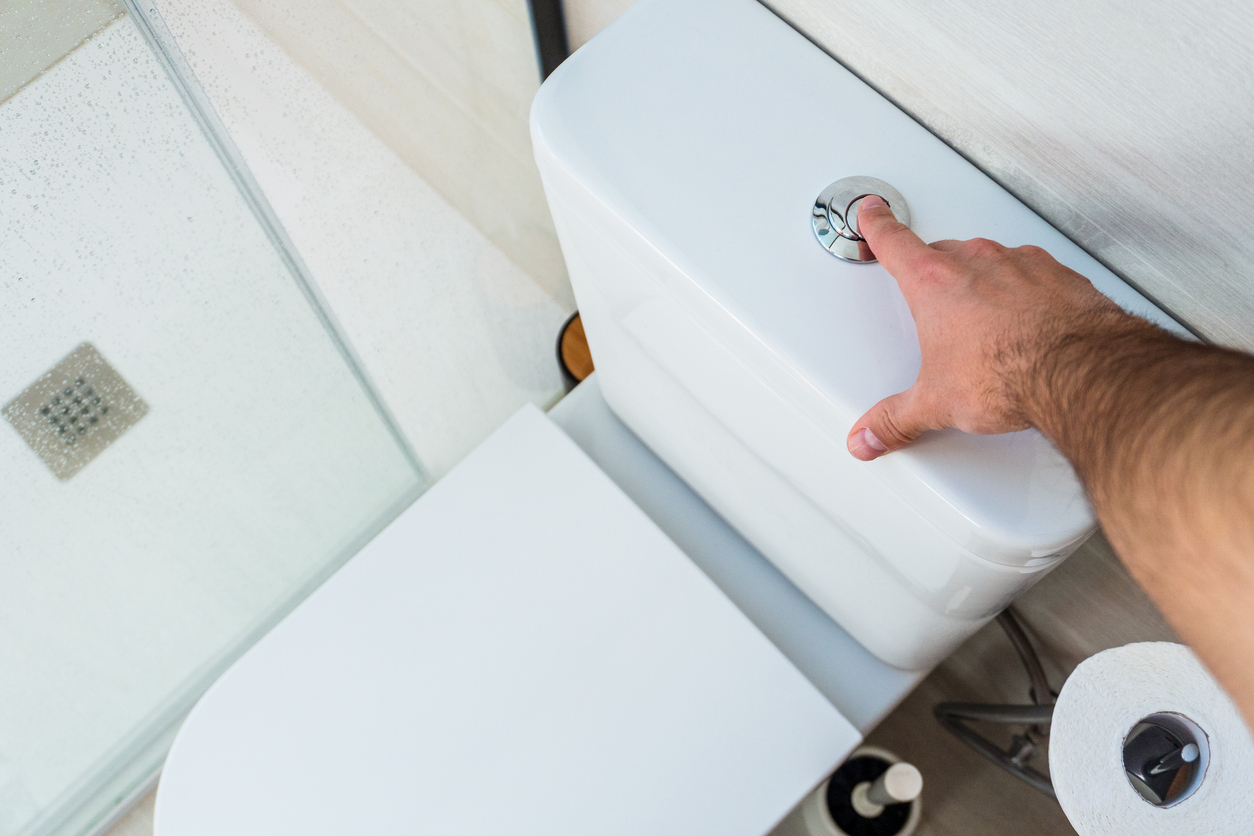
Starting January 1, 2023, all new air source heat pumps and central air conditioners sold and installed in the U.S. will be required to meet new minimum energy efficiency standards. The Department of Energy (DOE) updated these standards for the benefit of our planet and homeowners like you to ensure that your HVAC system provides you maximum comfort at the lowest cost possible.
Now, there are many ways that energy efficiency is measured, which we’ll explain in the next section, but the three updated measurements include seasonal energy efficiency ratio (SEER), energy efficiency ratio (EER), and heating seasonal performance factor (HSPF). The new names for these metrics will now be SEER2, EER2, and HSPF2.
Not only that, but for the first time, the DOE also considered the location of your home to create standards that matched your region. These regions include Northern US, Southeastern US, and Southwestern US, and Pennsylvania sits in the Northern US region.
Now you may be wondering, what are these changes, how can I benefit from them, and what does that mean for my current system? We’re here to answer those questions and help you understand what you have to look forward to. Keep reading to learn everything you should know about the new energy efficiency ratios.
What are SEER2, EER2, HSPF2?
In order to measure the efficiency of an HVAC system, SEER, EER, and HSPF are all considered depending on the system you’re looking for. The higher each of these measurements is, the more efficient a system will be. Here is a list of all the different measurements used, and how they’re considered:
- Seasonal Energy Efficiency Ratio (SEER): The ratio of cooling output, divided by the energy used.
- Energy Efficiency Ratio (EER): The ratio of cooling capacity, divided by the energy used.
- Heating Seasonal Performance Factor (HSPF): The ratio of heat output, divided by the energy used.
- Coefficient of Performance (COP): The ratio of useful heat supplied or removed from a system, divided by the energy used.
- Annual Fuel Utilization Efficiency (AFUE): The percentage of heat converted to space heat from incoming fuel instead of being lost.
Here’s an example: Let’s say you’re interested in purchasing a new heat pump for your home and you’re between two options. Option #1 has a rating of up to 24 SEER, and up to 13 HSPF and option #2 has a rating of up to 19 SEER and up to 11 HSPF. Based on these measurements, option #1 has a higher efficiency output.
What are the new energy efficiency standards?
As you know, the DOE is rolling out new minimum energy efficiency standards which will vary depending on where you’re located, and what system you’re interested in installing. Let’s take a look at how each region was mapped out, and what the new standards will be for different equipment.
Northern US: Alaska, Colorado, Connecticut, Idaho, Illinois, Indiana, Iowa, Kansas, Massachusetts, Maine, Michigan, Minnesota, Missouri, Montana, Nebraska, New Hampshire, New Jersey, New York, North Dakota, Ohio, Oregon, Pennsylvania, Rhode Island, South Dakota, Utah, Vermont, Washington, West Virginia, Wisconsin, Wyoming
Southeastern US: Alabama, Arkansas, Delaware, Florida, Georgia, Hawaii, Kentucky, Louisiana, Maryland, Mississippi, North Carolina, Oklahoma, South Carolina, Tennessee, Texas, Virginia
Southwestern US: Arizona, California, Nevada, New Mexico
| Unit | Northern US | Southern US | Southwestern US |
|---|---|---|---|
| Air Conditioner Condensing Units | ≥ 8.5 HSPF/ ≥15 SEER/ ≥12.5 EER | 45,000 BTUs: ≥ 14.3 SEER2 / ≥ 11.2 EER2 45,000 – 65,000 BTUs ≥ 13.8 SEER2 |
45,000 BTUs: ≥ 14.3 SEER2 / ≥ 11.2 EER2 45,000 – 65,000 BTUs ≥ 13.8 SEER2 / ≥ 11.2 EER2 (9.8 EER2 if SEER2 ≥ 15.2) |
| Air Source Heat Pumps | ≥ 14.3 SEER2 / ≥ 7.5 HSFP2 | ≥ 14.3 SEER2 | ≥ 14.3 SEER2 / ≥ 7.5 HSPF2 |
| Ductless Heat Pumps | ≥ 8.5 HSPF/ ≥15 SEER/ ≥12.5 EER | ≥ 14.3 SEER2 | ≥ 14.3 SEER2 / ≥ 7.5 HSPF2 |
| Residential Single Packaged HVAC Units | 13.4 SEER2 | 13.4 SEER2 | ≥ 13.4 SEER2 |
| Packaged Heat Pumps and Duel Fuel | 13.4 SEER2 / 6.7 HSPF2 | ||
| Furnaces | Gas Rating: 90% AFUE (approximately eight percent more efficient than federal standard) Oil Rating: 85% AFUE or greater Gas and Oil: Furnaces must be equipped with a high efficiency, electronically commutated fan motor; Less than or equal to 2.0% air leakage |
||
| Boilers | Gas Rating: 90% AFUE (approximately eight percent more efficient than federal standard) Oil Rating: 87% AFUE (approximately three percent more efficient than federal standard) |
||
How will these new energy efficiency standards benefit you?
The new energy efficiency standards will not only require an increase in HVAC efficiency, but unlike prior standards, it keeps the area that you reside in mind, increasing your overall savings. The DOE estimates that over the next 30 years, households using systems that meet these standards will collectively save $2.5 billion to $12.2 billion in energy bills.
You may still be wondering what these changes mean for you and how to determine what kind of system would be best for your specific situation. To get a deeper understanding of all your options, check out our blog, The Most Energy Efficient Air Conditioners and Heating Systems. It takes a deeper dive into different systems and their benefits. If you’re done, but still left with questions unanswered then give us a call! We’re happy to help guide you through your options.
Learn more about the most energy efficient air conditioners and heating systems.
Does this mean I need to upgrade my current HVAC system?
The short answer is no. Although, because these new energy efficiency standards will come into effect as of 2023, systems that no longer adhere to these standards will be phased out, replacement parts will no longer be manufactured, and repairs will become more and more expensive.
Even though you are not required to upgrade your system, you can absolutely upgrade it if you’d like to stay up-to-date with the latest technology. As you plan your upgrade, keep in mind that prices for new SEER2 equipment will rise by 6-20% in 2023, so you may want to consider upgrading soon while the prices are low. Additionally, 12 SEER equipment in the South will be distributed in the Northern region until supplies run out which is to be expected come mid-2023. Ready to upgrade? Give us a call!
It’s also important to note that for the Northern US region, any 13.0 SEER AC built before January 1, 2023, can still be installed on or after January 1, 2023. For the Southeast and Southwest US regions, any AC that does not meet the requirements we outlined above, cannot be installed on or after January 1, 2023.
What’s next?
As you now understand, an HVAC unit that does not meet these new standards (or is 10+ years old), won’t work as efficiently and effectively as newly manufactured versions that do. If this sounds like your system, you’re missing out on beneficial cost and energy savings! Ready to take the plunge and upgrade your system? Contact us to book a free installation consultation and learn about all your options!
Want to delve deeper into even more cost and energy savings you might be missing out on? Check out some of our recent blogs:
- Inflation Reduction Act Explained: Save Big on HVAC Systems
- Pennsylvania Energy Efficiency Incentives, Credits, and Rebates
INTERESTED IN UPGRADING YOUR SYSTEM?
Contact us to book a FREE installation consultation!



